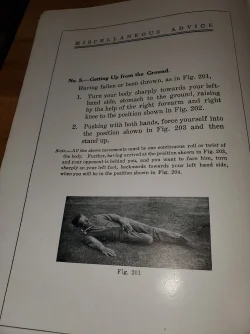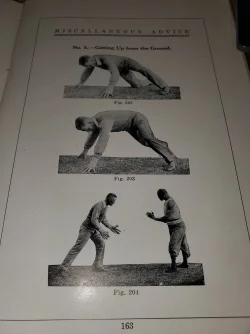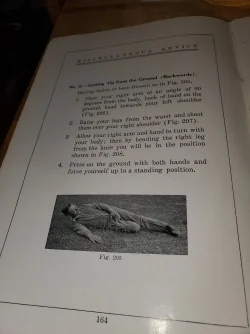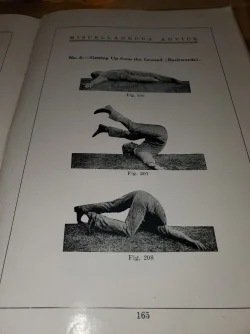I agree that getting back to your feet is overlooked a lot in martial arts training. We get up similar to the first example in the BJJ video above.
When I teach people to get up, I go over the basic principles. They are the same as when you are standing. Face your opponent, you never want to give him your back. Keep your weapons between you and your opponent, in this case, your feet and hands. Its a stance change, and just like any stance change, if you do it in the wrong time or place, you are in trouble. While it is better to be on your feet than on your back... it is better to be conscious on your back than to be unconscious on your back because you stood up into a knee... Always, keep on balance as you get up.
The biggest issue I see with teaching people to get back up, is that we only do it during the lesson about getting to your feet. Then we go practice throws or takedowns and help each other up or ignore the bad habits used to get up. I see people all the time, many who have a ton of martial arts experience and who even teach how to get up correctly themselves.... be thrown a hip throw, and then just sit up, back to the thrower and get to their feet. In my class, if I throw someone and they just sit up, back to me... I drop and choke them, or kick them in the back... Every time you get back up, you need to do a good stand up, whether you are practicing standups or not. If you do this enough, it will become your habit... You will respond how you train. If you train to immediately sit up, back to your opponent after a throw... thats what you will do when it counts.
I teach my class to train the opposite side as well. After throwing uke, do not help him up. Many people have trained BJJ or MMA or wrestling... Out of respect for their skill, or possible skill on the ground, after the throw you exit in a safe direction, still focused on uke, ready to respond if uke attacks. This actually seems to make practice a little more alive. When you are uke, if you don't get up correctly, you will be attacked again. As uke, you are also looking for tori to drop his focus too soon, and then you get to attack. On tori's side, you are practicing your take down, and your focus and if uke gives an opening, you continue your attack... or if uke attacks your opening, you need to respond. This is of course ramped up and down depending on the capabilities of the people training. But there are quite a few times where ogoshi practice leads to some impromptu scrambles because someone dropped their focus and took a short cut. The part I think is really good is that you may have just done 9 techniques in a row with perfect focus, then when you least expect it, uke attacks back, because for that brief moment, you relaxed to early. I find it is a way to train to deal with sudden unexpected turns.




